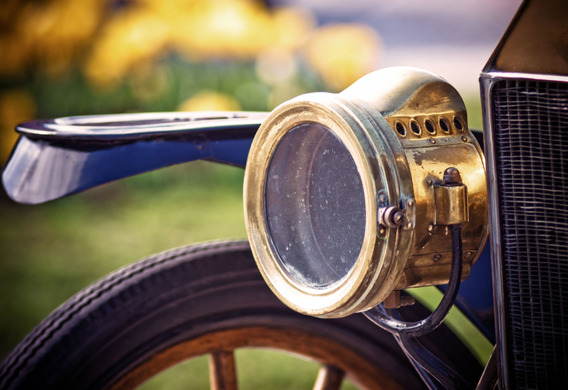
The word "headlight" came from Greek name Pharos, a small island in the Mediterranean Sea off the coast of Egypt. It is on this island in the 3rd century BC that became the legend of the Alexandria lighthouse, the first beacon in the world, which is attached to one of the seven wonders of the world. He was wary of reef ships on his way to the Alexandria bay. History of the emergence and development of a car headlamp
History of the emergence and development of a car headlamp
The carriages were lit by candles that were not only in the front, but also at the rear of the crew-their appointment has not changed since then. The front lights were on the road before the vehicle, and the rear pointed to the dimensions of the crew-so that other members of the movement could easily determine where it was and to overtake.
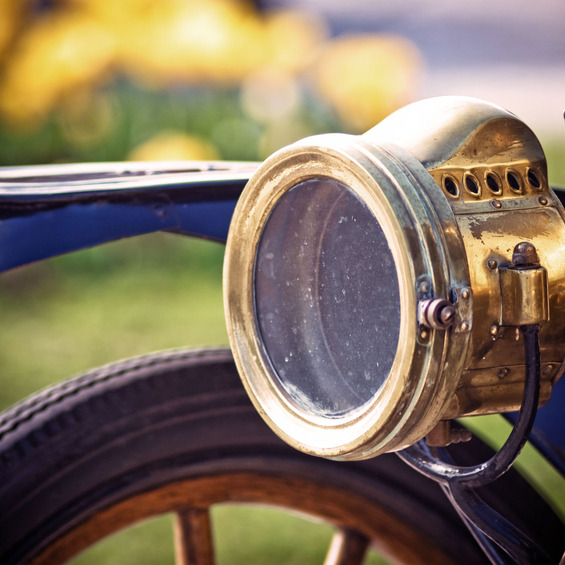
The candles had been replaced by lamps with a gas flame. These systems are still called carbide or acetylene. But burning them was a far bigger problem than paraffin candles.
The first car lamp was patented in 1899 by a French firm
The driver must have poured water into a special tank connected to the gas. This capacity was usually located on the step of the vehicle. The acetylene gas was formed when the sodium carbide was connected to the water. He was caught in the burner, and the burner was in the reflector. So to get the fire, it took a match to ignite the burner-and the headlight began to glow with the light reflected. In addition to the complexity of this process, there were other drawbacks: for example, the reflector was quickly covered with soot and required constant cleaning, gas was rapidly running out, and the water was regularly discharged into the tank.
However, the driver's torments ended with the appearance of the filament lamp. The first car lamp was patented in 1899 by a French firm.
A little more than a decade later, in 1906, tungsten was used as a material for the filament, instead of a non-economical, coal thread. Later, in 1913, the German company Bosch started to release the "magnetto" ignition system. Soon the assortment expanded and Bosch set up the lighting equipment.
The technology was not in place: the lighting systems had already consisted of a headlamp, a battery, a generator, and a relay regulator to charge the battery. More than three thousand such kits were sold per year. But tungsten had its disadvantages-it had a property to evaporate from the filament. To avoid this, the lamps began to fill the chemical mixture of nitrogen and argona, which prevented the unwanted evaporation. The lamps were more durable.
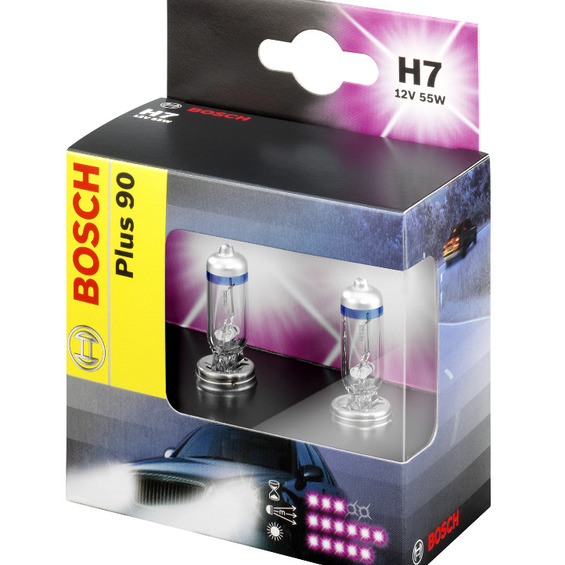
One problem was solved, it was time to do the other: how to make sure that the headlights do not blindly meet oncoming drivers? Bosch again found the answer, offering a simple and brilliant solution, a lamp with two filament threads, a passing beam and a driving beam. By 1919, when the invention entered into service, a light lens was already created-a headlamp glass covered with a phantom lens that sent light down to the road. History of the Halogen and Xenon
History of the Halogen and Xenon
In the 1950s, halogen-connection of bromine or iodine entered into circulation. Thanks to the chemical reaction between halogen gas and tungsten, the lamps could have been longer and had a high luminous efficiency. The first such car was released in 1962 by a company called Hella, and soon the halogen headlamps became popular all over the world.

The xenon was followed by the halogen lamp. This was a new milestone in the evolution of car headlights and now the most modern one. Xenon lamps were a flask where, under great pressure, a mixture of inert gases, including xenon, was injected. The main advantage of xenon is the stronger glow at lower energy consumption. In addition, there are two wires used in such lamps, not the filament of the filament, which means that it cannot be overcooked. There is also a difference in the road: xenon does not blind other drivers, but it also makes perfect fog and water, and, unlike the others, does not illuminate the drops in the air, but rather looks exactly on the road surface. Modern car headlights-what are they like?
Modern car headlights-what are they like?
As for today, manufacturers give preference to LEDs-experts believe that the future is behind them. Already, the LEDs are integrated into both the rear and the front optics. Due to the compactness, the durability (they can work more than 10,000 hours!), LEDs are more responsive to switching on and off, as well as consuming relatively little electricity.
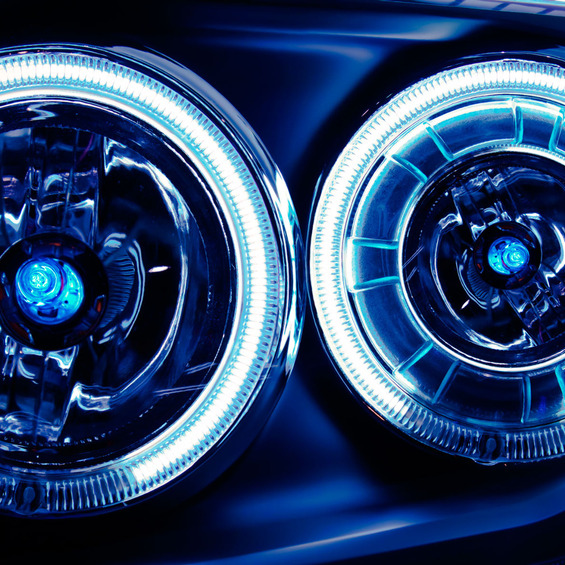
The design of the headlamp shall be as follows: it has an enclosure, a lens, a reflector and a light source itself. For many decades, all the headlights were circular because the body of the headlight was not part of the wings of the car.
Now the modeling of the headlight is done with the help of a computer program, and they produce optics of [ [ thermoplastic]], [ [ aluminium]], magnesium
However, the years have been going, the automobile industry has constantly evolved, and yet the design of automobile optics also changed. At some point, rectangular lights appeared (such a form was particularly popular on Soviet cars). Later, the aerodynamic and technical studies started, which showed that the reflector itself should have a parabolic form, and the structure itself should be both streamlined and small. Plastic lenses came to help the engineers. For the first time such a headlight was installed on the European Opel Omega models.
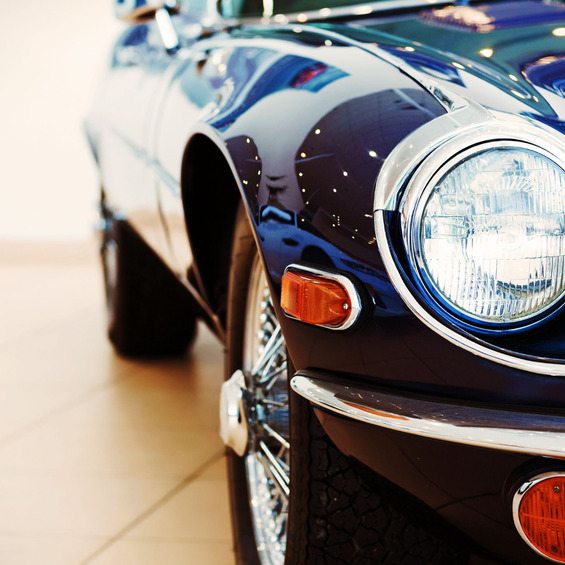
Now, the modeling of the headlight is done using a computer program, and they produce optics of thermoplastic, aluminium, magnesium, etc. The role of "glass" is played by polycarbonate.







